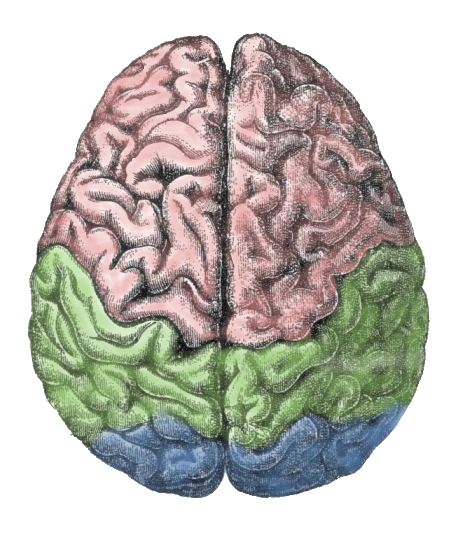
Did you know that the second week of March is Brain Awareness Week around the globe? You didn’t? You weren’t aware of your brain? Conscious of your consciousness? Well, get with the program. March is perhaps the brainiest month of the year—it’s also when we celebrate the 1879 birthday of famous smarty-pants Albert Einstein, and the 1946 beginning of Mensa intelligence testing. But it turns out people will believe just about anything they hear about what’s going up between their ears. We’ve asked Ken Jennings to fact-check some particularly lame-brained misconceptions about gray matter.
The Debunker: Are There Super-Smart People with “Photographic Memory”?
When people recognize me from my streak on the quiz show Jeopardy!, it’s one of the most common questions I get, right up there with “What is Alex Trebek really like?” and “Why do you still dress so badly?” People always want to know, “You have a photographic memory, right?” I don’t! What a useful thing that would be, to be able to casually glance at a page of text, or a map, or a painting, and remember it forever. I think the NSA would pay for that skill.

But that kind of memory, neurologists agree, isn’t possible. Don’t get me wrong: there are certainly people out there with amazing memory talents far beyond those of mortal men and women. Take the very rare brain condition hyperthymesia, which gives one person in a million an incredibly retentive autobiographical memory. Hyperthymesiacs (like actress Marilu Henner, who has shown off her talent on many talk shows) can remember every single day of their lives: what they ate for lunch, what was in the news. There are also people who have trained their minds to perform specific mnemonic acrobatics like memorizing an entire deck of cards as fast as they can turn them over, or memorizing every word of the Talmud.
The classic “photographic memory” test is to show a subject a pattern of dots with their left eye, then a different pattern of dots with their right eye a day later, to see if the subject can visually fuse them like one of those 3-D Magic Eye posters. (“Oh, a dolphin!”) About a million candidates have failed this test; the only one who ever passed is considered suspect in the field, because she later married the vision scientist who tested her and never repeated her feat! There are children who have a similar ability called “eidetic memory,” where an afterimage of what they see lingers in their mind’s eye for a few minutes, but the detail isn’t photographic and the ability generally doesn’t last until adulthood. If you know someone who claims “photographic memory,” get them tested! They wouldn’t have to dominate Jeopardy! to become famous. They would literally be one of a kind.
Quick Quiz: In 1837, what French artist produced L’Atelier de l’artiste, the first successful photographic image taken using his groundbreaking new method?
Ken Jennings is the author of Because I Said So!, Brainiac, Ken Jennings's Trivia Almanac, and Maphead. He's also the proud owner of an underwhelming Bag o' Crap. Follow him at ken-jennings.com or on Twitter as @KenJennings.
